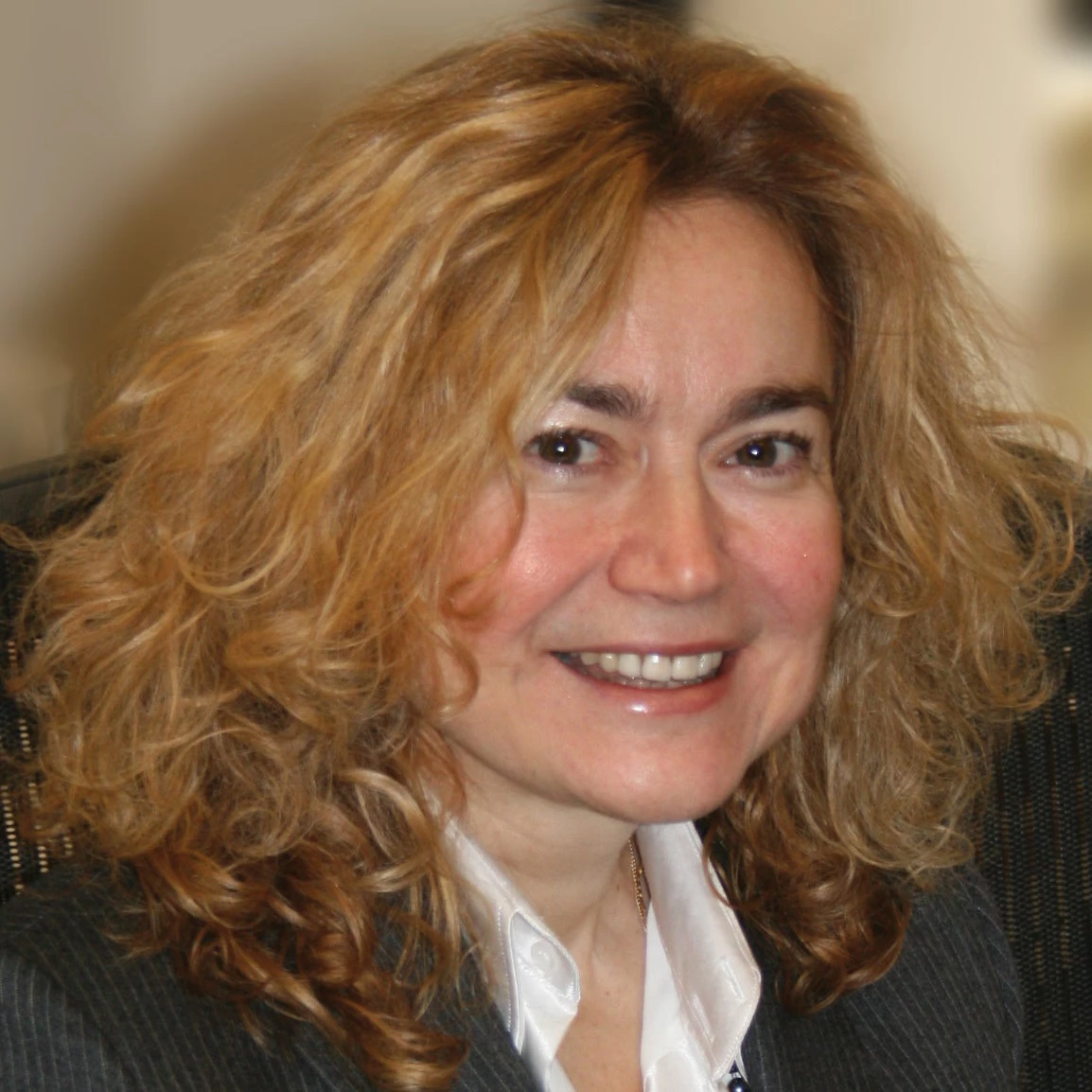También disponible en español

Handing out a debit card or a 10 dollar bill to the fast-food franchise attendant is probably as natural to most people as buying their lunch every day. Many don't see this as a separate process but as an intrinsic part of the whole "getting lunch" deal.
This, however, doesn't hold true for 250 million people in Latin America and the Caribbean. Over 60 percent of Latin Americans adults are still unbanked and, as a consequence, unable to access plastic, checks, credit or other forms of banking tools that make life easy –and, in some cases, help achieve life goals such as buying a home or saving for retirement.
Such key data for policy makers, researches and the general public, takes center stage in the newly released Global Findex, an index of Global Financial Inclusion Indicators.
How widespread is the use of bank agents in Latin America and the Caribbean? How do women in Bolivia save, compared to those in Guatemala? In what country is credit card ownership most common? Key questions like these and their exact answers are addressed in the report and database.
In the past, the view of financial inclusion in the region has been incomplete, and the details unsatisfying. A patchwork of data from diverse and often incompatible household and central bank surveys was the only information available to construct a regional picture.
With the release of the Global Findex we now have a comprehensive, individual-level, and publicly-available database that allows for comparisons across 148 economies of how adults save, borrow, make payments and manage risk.
Last month the World Bank put out the first round of the Global Findex database, based on more than 150,000 interviews conducted by Gallup Inc. in association with its 2011 World Poll. The complete database, report, and survey (in English, Spanish, and Portuguese) are available here.
Accounts and Payments
With the database covering 20 Latin American economies across 40 indicators, each sliceable by gender, age, education, income, and rural or urban residence, one can easily get lost in the nuance.
But let's start with the broad strokes: according to the data, 39 percent of adults in the region have a formal account, ranging from 14 percent in Nicaragua and El Salvador to 56 percent in Brazil.
This places Latin America and the Caribbean on par with the rest of the developing world, where 41 percent of adults have a formal account. In high-income economies, 89 percent of adults are banked.
The expansion of government transfer schemes has received much attention in the region. Data shows that the receipt of payments from the government is a relatively common use of formal accounts there.
Across the region, 26 percent of account holders (and 10 percent of all adults) report using a formal account to receive government payments. In the developing world as a whole, 15 percent of account holders report receiving government payments via their accounts.
We've also heard a lot about the spread of bank agents in recent years, but Global Findex data shows that most account holders do not rely primarily on these agents for account transactions. Regionally, only 5 percent of account holders say that their primary mode of withdrawal or deposit is "over the counter at a retail store" or "from some other person who is associated with your bank". This value is below 10 percent in every country surveyed.
Savings and Credit
The Global Findex database also contains important new indicators on savings behavior. About 26 percent of adults report having saved or set aside money in the past 12 months and 37 percent of these savers (or 10 percent of all adults) saved at a formal financial institution.
The gender gap in formal savings behavior is almost nonexistent in some countries such as Bolivia and Peru, while women in Guatemala are less than half as likely as men to have saved at a formal financial institution in the past 12 months. When it comes to credit, 19 percent of adults in the region report having a credit card, compared to 5 percent in the rest of the developing world.
Credit card penetration is close to 30 percent in Brazil and Uruguay. Just eight percent of adults report having originated a loan from a formal financial institution in the past 12 months.
The Unbanked
Why do 61 percent of adults – more than 250 million people - in Latin America and the Caribbean remain outside the formal financial system? 55 percent of the unbanked say that they do not have enough money to use a formal account, 40 percent say accounts are too expensive, and 21 percent say they lack sufficient documentation (multiple responses were allowed).
Compared to other regions, unbanked adults in Latin America were particularly likely to cite cost and documentation as a barrier. An increasingly common alternative to formal accounts in some parts of the world is mobile money.
The use of mobile phones to pay bills, or send or receive money is reported by only 3 percent of adults across the Latin American region, but the value rises to 15 percent in Haiti, where half of these mobile money users are otherwise unbanked.
The Global Findex database will facilitate a deeper and more nuanced understanding of the financial behavior of adults in the region, and around the world. With the release of future rounds, the data can be used to evaluate the expansion of bank agents and mobile money, as well as the impacts of other country-level financial inclusion reforms.



Join the Conversation